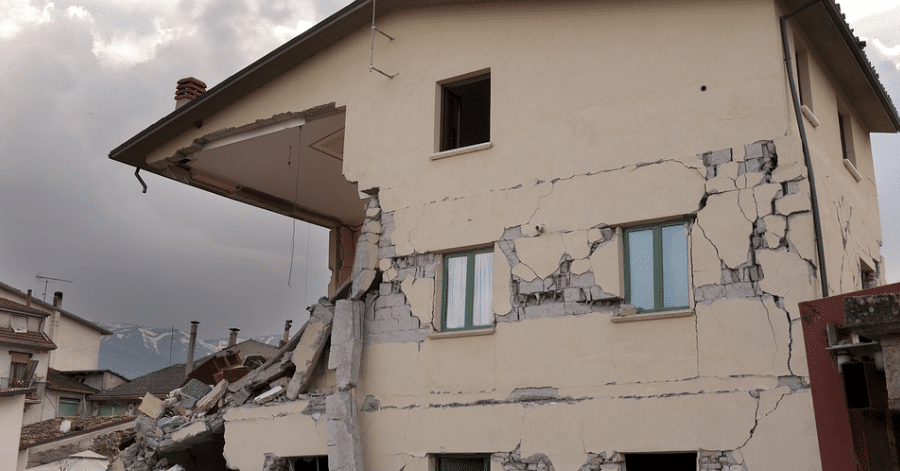Events in Japan Escalate Disaster Anxiety in the United States

According to an article by M.P. McQueen for The Wall Street Journal, “Disaster Insurance: How Well Are You Covered?” the March 11 earthquake, tsunami, and subsequent nuclear disaster have raised the anxiety level among Americans. Turning to their insurers to find if they are covered for injury and property damage in the event of such catastrophes, policy holders are being told, in most cases, “No.”
Homeowners policies do not cover earthquakes or floods of any sort. In the United States, for the most part, publicly administered earthquake and flood insurance programs provide this coverage. In the case of nuclear accidents, the plant operators are required to assume financial liability (including sabotage.) This liability extends to death, injury, and property damage.
Some property insurers do sell earthquake coverage as an add-on to a standard policy (unless you live in California, which is considered high risk.) Deductibles for the added coverage vary widely form 2-20% of the value of the home.
In California, the California Earthquake Authority, which is funded privately, but publicly administered, covers state residents. Unfortunately as a result of the recession, only about 12% of homes in the state are currently protected by earthquake insurance although the vast majority of citizens live with 30 miles of the seismic fault line.
Deductibles on policies sin California run from 10-15% of the insured value of the home, with the average premium for a $400,000 home running about $800. Age, structural features, and proximity to the fault have a bearing on the premium level.
The National Flood Insurance program is administered by the Federal Emergency Management Agency. In 2010, approximately 10% of Americans carried flood coverage. On average, the policies cost $570 a year with a limit of $250,000 on a residential policy. Private insurer do sell high-risk flood policies, but they are extremely expensive.
Currently, there are 104 nuclear reactors in the U.S. As of March 23, a review of their safety is underway. Each reactor site has a limit of $375 million in potential payouts. When all calculations are made, the nuclear industry in the U.S. has a collective liability cap of approximately $12.6 billion.
